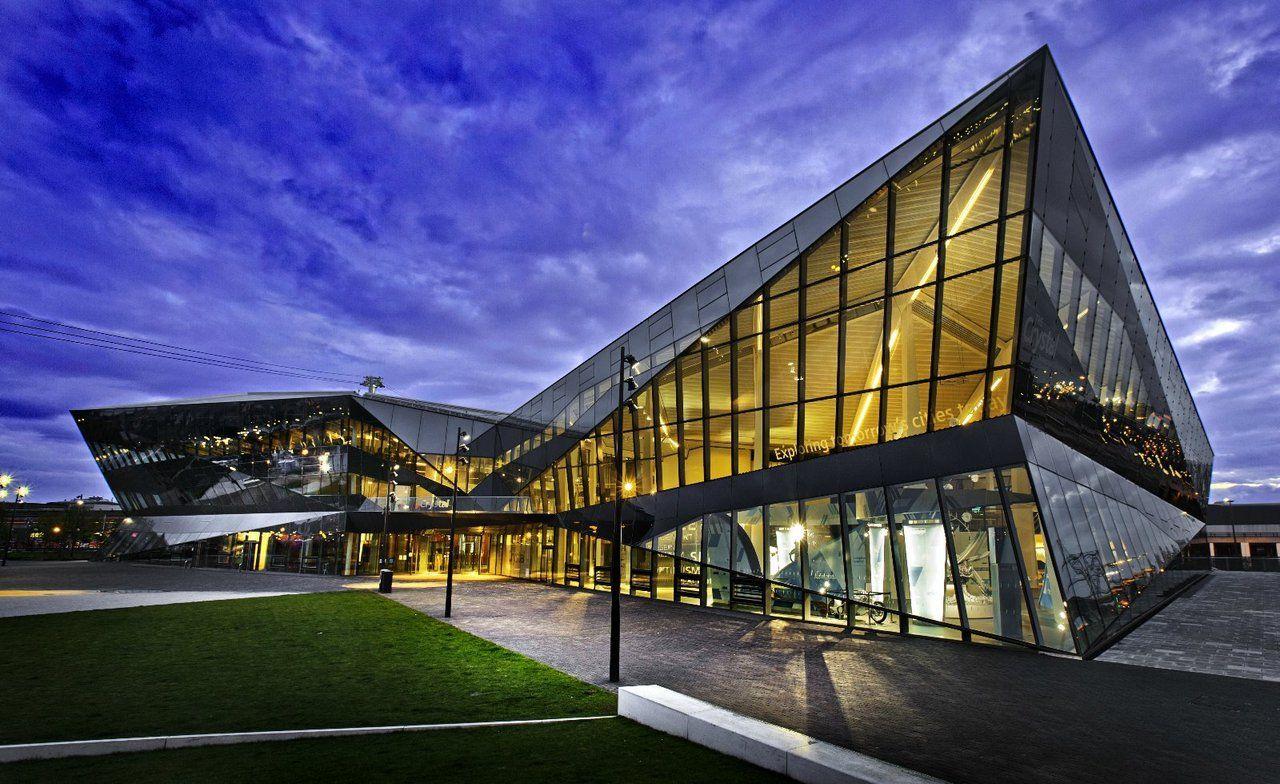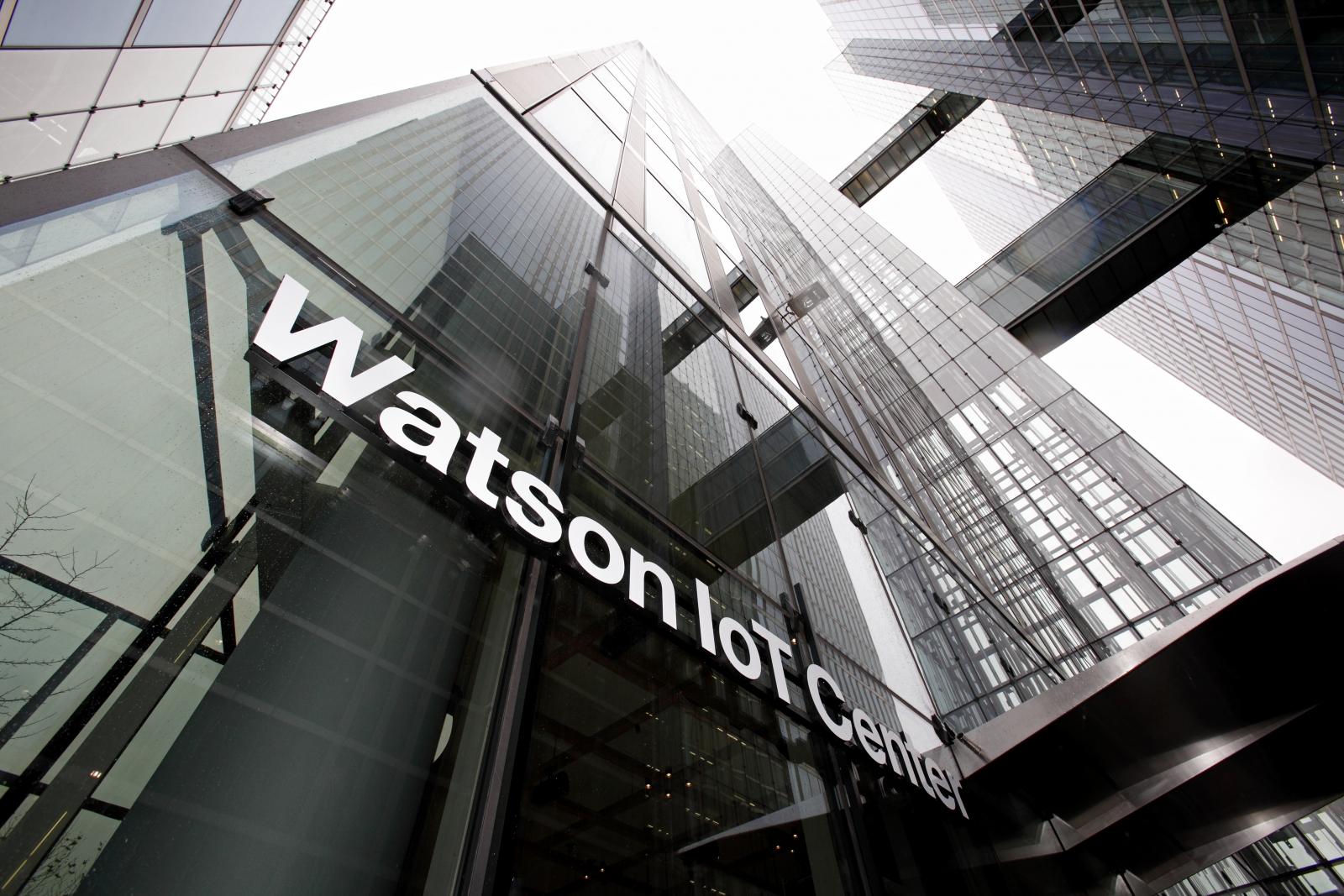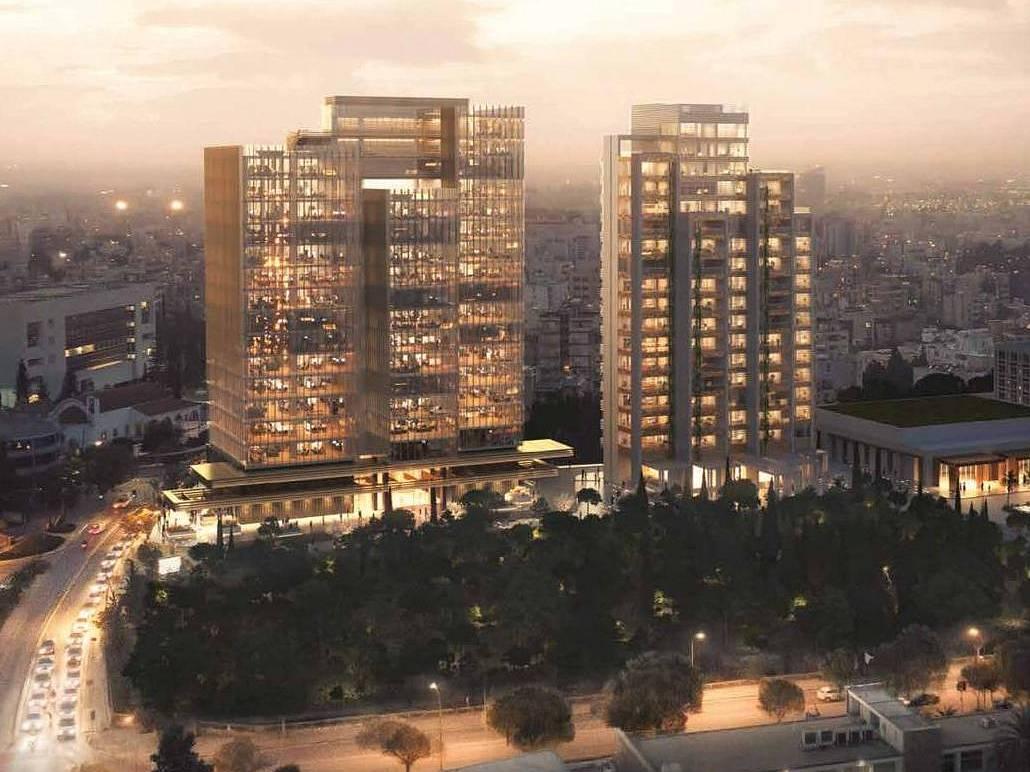Modern technologies are gradually making their way not only into residential construction but also into offices. The trend of transforming buildings into complex intelligent systems has reached office spaces as well. Today, we will talk about the five smartest business centers in the world that generate their own electricity, analyze space utilization efficiency, know all the residents by name, and even help them maintain good physical shape.
Crystal Building (London)
The Crystal Building is a relatively small office building in London, covering an area of about 7,000 square meters. This commercial property includes exhibition spaces, lecture halls, conference rooms, and meeting rooms. However, the most significant aspect of this building is its technical infrastructure.
The Crystal Building is equipped with a complex operational system worth £30 million. This system tracks every kilowatt of electricity consumed by the building. Moreover, its architecture is designed to rely on rainwater and sunlight, reducing the need for energy sources of fossil origin for water, heating, and electricity.
The structure also features 3,500 data collection points (Internet of Things sensors and detectors) that monitor external weather conditions and the building's internal climate. All utility systems automatically adjust air conditioning, heating, and lighting based on this data.
Thanks to these smart operational technologies, the Crystal Building consumes 46% less energy and produces 70% fewer carbon dioxide emissions compared to buildings of similar size and functionality. In real terms, the office owners save £500,000 each year. Of course, the Crystal Building holds certifications from energy-efficient and eco-friendly building rating systems such as BREEAM and LEED.

Watson Center (Munich)
The Watson Center is the headquarters of the American company IBM in Germany, covering an area of 2,200 square meters. The interior of the building consists of so-called "collaboratories" (a combination of "collaboration" and "laboratory"). These are workspaces built on the principle of a flexible office, where people's workspaces and team interactions change according to current tasks.
The building is also equipped with a cognitive computing system that studies how its residents use the premises and adjusts everything to their needs. Each person in the office has digital identification, and the building "recognizes" them. When an employee moves from one place to another, the intelligent system adjusts lighting and temperature based on that person's preferences. Additionally, the office operator receives valuable analytics on how people use office spaces and the most intensive traffic routes.

Bullitt Center (Seattle)
The Bullitt Center is renowned as the world's first building with a net-zero energy, carbon, and water balance. In simpler terms, this office center entirely supplies itself with electricity and water, while also recycling all its carbon emissions. Moreover, its estimated service life is 250 years.
Electricity for the office center is generated by a 244-kilowatt solar power station powered by 575 solar panels on the roof. All rainwater that falls on the building and its adjacent area is collected in an underground reservoir and then purified to drinking water quality. The water collection system fully covers the building's water needs.
Another highlight of the Bullitt Center is the so-called "irresistible staircase." The building is designed to direct human traffic toward the staircase, encouraging people to use the stairs to access upper floors. On one hand, this reduces energy consumption from using elevators. On the other hand, it enhances endurance, increases physical activity among office workers, and provides them with positive emotions as the staircase offers beautiful views through its glass facade.

SSR4 (Bangalore)
Intel's representation in India is designed to encourage its employees to move more while producing energy at the same time. The entrance to the building is paved with special tiles that generate electricity when people step on them. Overall, the renewable energy sources integrated into the building cover 40% of its electricity needs and reduce carbon dioxide emissions by 37%.
SSR4 is also equipped with a vast number of Internet of Things sensors integrated into a mobile application for employees. With this app, employees can customize their working conditions, including climate control, at their workstations. This has led to a 26% increase in employee productivity.

The Landmark (Nicosia)
The Landmark office tower is part of a multi-million-dollar reconstruction project conducted by MHV in The Landmark Nicosia building. The project is currently in an active phase and will be completed by 2025.
The skyscraper will receive a LEED Gold certificate, signifying lower energy and water consumption, reduced CO2 emissions, as well as providing healthy working conditions and improved productivity through enhanced indoor air quality, ample daylight, and interior finishes free from harmful chemicals.
The building will be equipped with an intelligent engineering management system that automatically maintains continuous operation of electrical and water supply, air conditioning, fire safety, telecommunications, and security systems. This system entirely eliminates human error and reduces the risk of unexpected failures or breakdowns. Silent high-speed elevators will transport employees and visitors at The Landmark. Their main feature is an intelligent passenger flow distribution system. It reads each passenger's individual data and automatically directs each person to an elevator ready to travel to the desired floor, reducing waiting times by 35%.
Available real estate options in The Landmark Nicosia

In the era of digital transformation, smart offices have become a symbol of modern and efficient business. Automation and advanced technologies, combined with ecological principles, have created a new concept of workspace, and the demand for it is constantly growing.
In summary, it can be said that a "smart office" is advantageous for both developers and tenants (owners). For developers, besides the direct economic benefits related to reduced operating costs and the absence of the need for a large workforce, it significantly enhances the competitiveness of their property. For tenants, this translates into direct savings on utility and operational payments, the absence of the need to hire additional staff, and the avoidance of renting (or purchasing) unnecessary square meters. For small and medium-sized businesses, such cost optimization is highly attractive.
Also Read:

